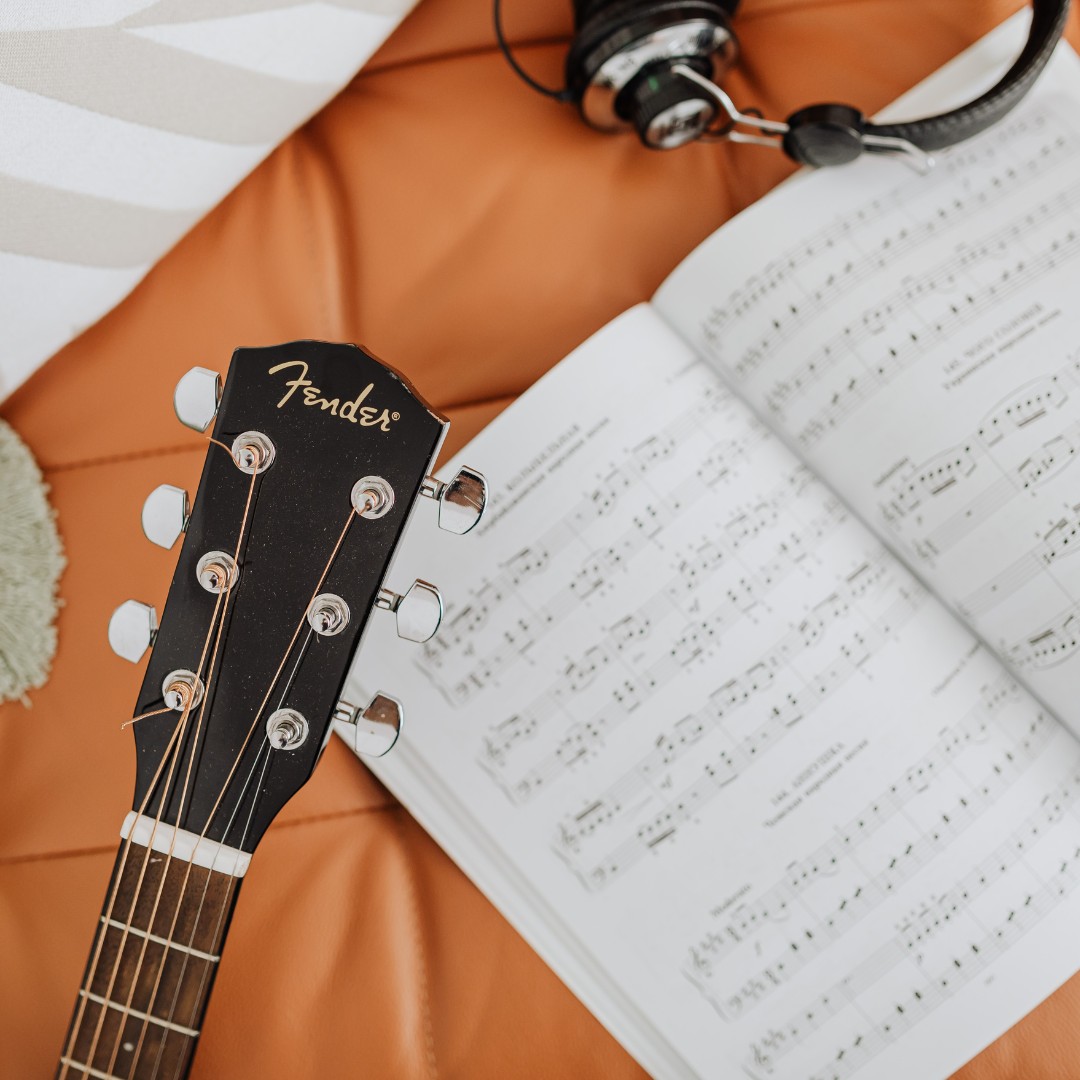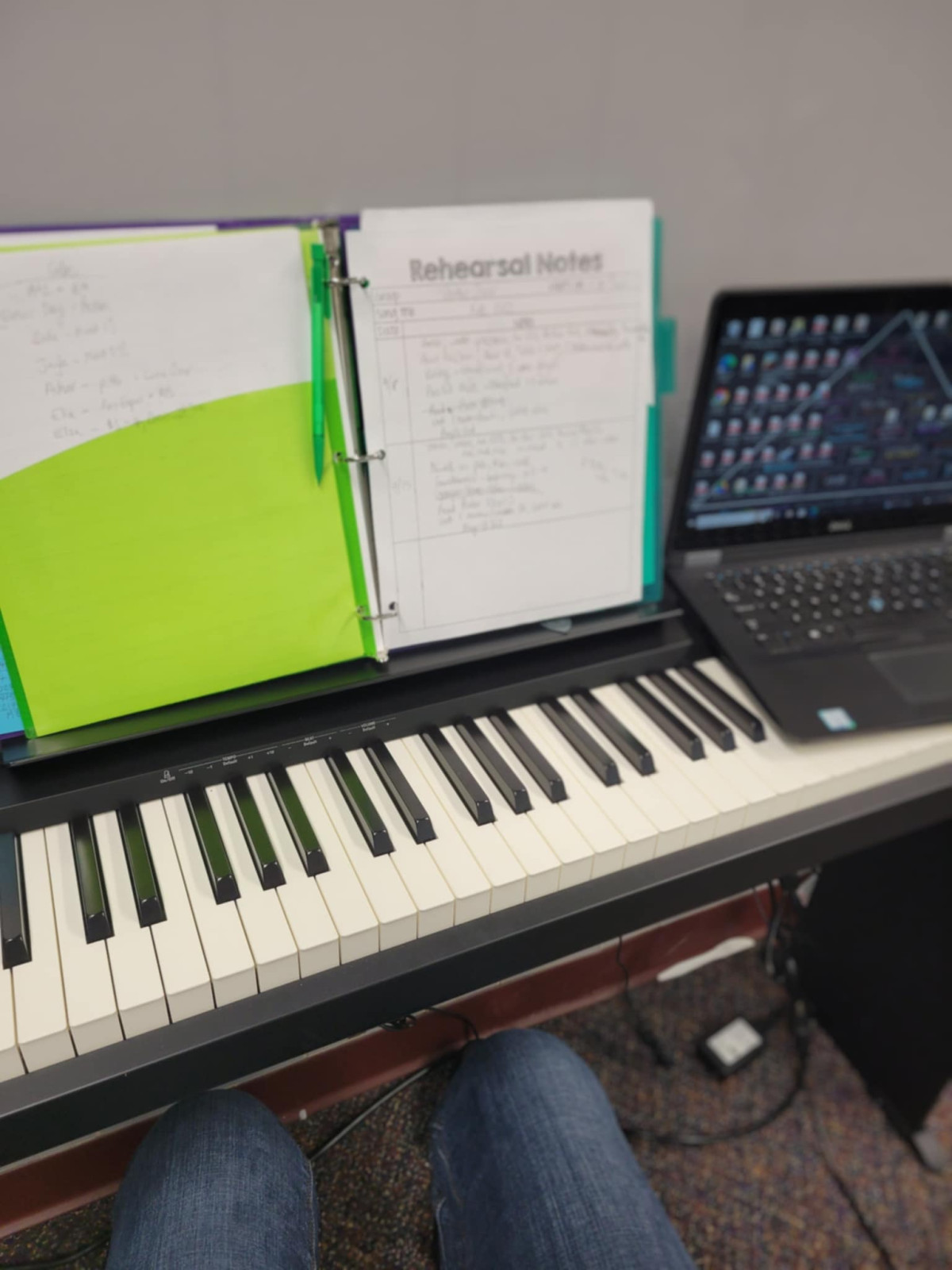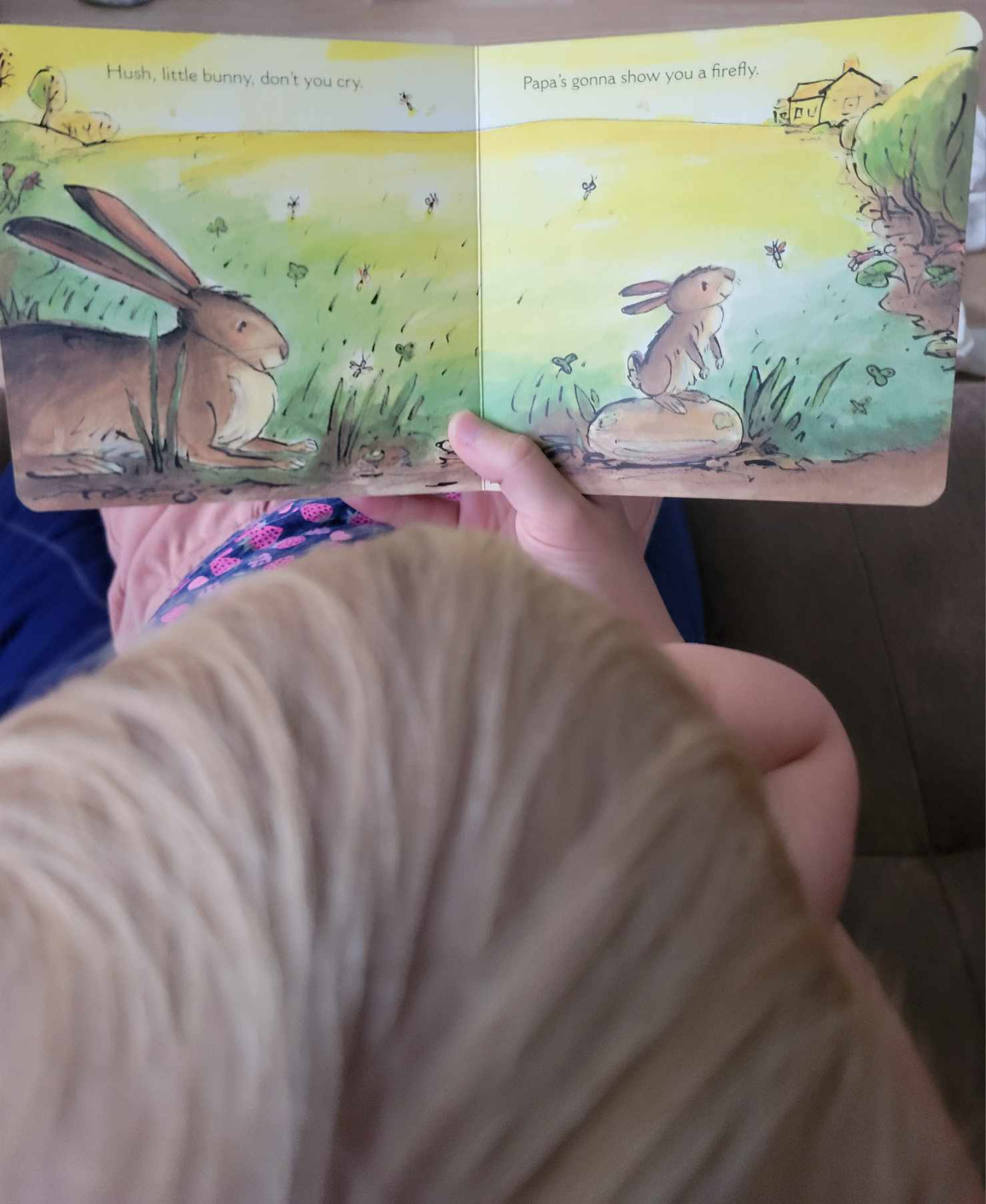
Every Little Thing
Hush, Little Bunny
Los Pollitos Dicen
What a Wonderful World

Ignoring the Importance of Lifestyle Changes
Key lifestyle factors to address:
- Stress management
- Proper posture & spinal alignment
- Avoiding hard or chewy foods and adding in anti-inflammatory and antioxidant foods (see this food choices guide for more about this)
- Quitting harmful habits like nail-biting or pen-chewing
The Critical Role of Spinal Alignment in Proper Posture
Why spinal alignment matters:
- Misalignment can cause compensatory tension in the neck and jaw muscles
- A properly aligned spine provides a stable foundation for the entire body, including the jaw
- Correcting spinal misalignments can alleviate pressure on nerves that may be contributing to TMJ symptoms
- Consider consulting a NUCCA chiropractor to assess and correct spinal misalignment
- Incorporate exercises that promote spinal health (I know an occupational therapist that can recommend a customized program! Hint hint, it's my husband ;) )
- Use ergonomic supports that encourage proper spinal positioning throughout the day
Over-reliance on Pain Medication
Balanced approach to pain management:
- Use medication as prescribed, but don't rely on it exclusively
- Combine pain relief with other treatment modalities (Check out TMJ Strong for lots and lots of ideas! I addressed my own TMJ issues naturally without prescribed medication.)
- Work with your healthcare provider to gradually reduce medication use as symptoms improve
Neglecting Physical Therapy/Occupational Therapy and Exercises
Benefits of physical therapy/occupational therapy:
- Improves jaw mobility
- Strengthens supporting muscles
- Targeted ergonomic training
- Reduces pain and inflammation
Overlooking the Mind-Body Connection
Addressing mental health:
- Consider cognitive-behavioral therapy
- Practice relaxation techniques like meditation or deep breathing
- Seek support from mental health professionals if needed
Expecting Instant Results
Realistic expectations:
- Understand that improvement may be gradual and have ups & downs
- Celebrate small victories in your treatment journey
- Stay committed to your treatment plan, even if progress seems slow
Not Seeking a Second Opinion
Benefits of a second opinion:
- Fresh perspective on your condition
- Potential for alternative treatment options
- Confirmation or refinement of your current diagnosis
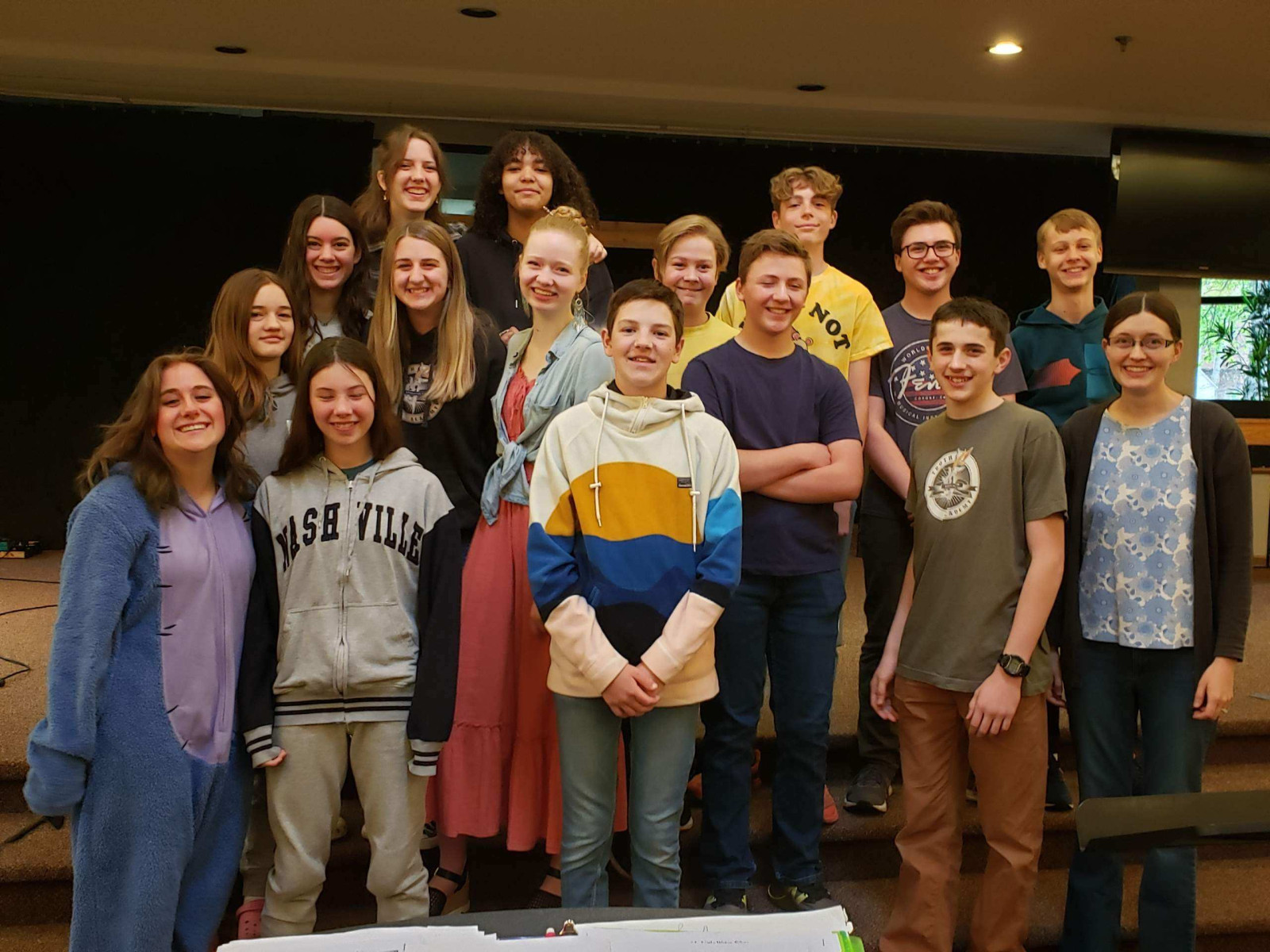
Understanding Concert Day Jitters
Creating a Comforting Pre-Concert Routine
- Practice slow deep belly breathing exercises together
- Do some gentle stretches (like we do during our warm ups!)
- Listen to favorite music (not related to the concert) in the car on the way -- have them pick these out in advance!
- Use positive affirmations -- "I can sing confidently!" or "I am capable and ready to sing." are two good ones to start with.
Visualizing Success
Focusing on Progress
Home Rehearsals
Staying Present During the Concert
The Power of Family Support
Taking Care of Physical Well-being
Embracing the Experience
Seeking Additional Support

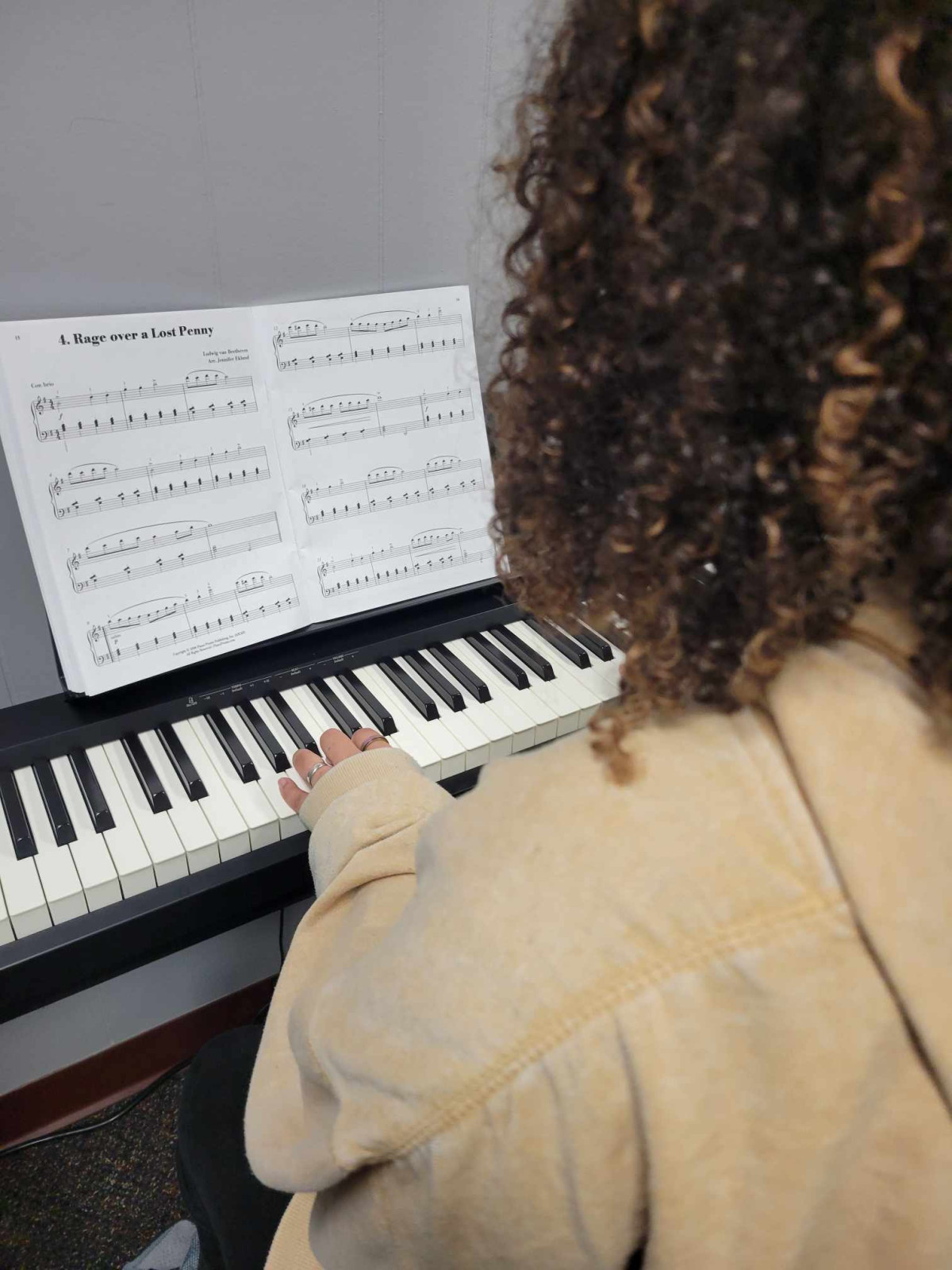
The Power of Music in Emotional Development
How Music Affects the Brain
Using Music for Emotional Expression
- Songwriting: Encourage children to write their own songs about their feelings. This creative process allows them to explore and articulate their emotions in a safe, structured way.
- Musical Journaling: Suggest that children keep a "musical journal" where they associate different songs with various emotions or experiences.
- Mood Playlists: Help children create playlists for different moods, teaching them to recognize and manage their emotions through music selection.
Music as a Calming Tool
Techniques for Using Music to Calm
- Deep Breathing with Music: Teach children to synchronize their breathing with slow, calming music to reduce anxiety and stress.
- Musical Mindfulness: Guide children through mindfulness exercises accompanied by soothing background music to promote relaxation and focus.
- Instrument Play: Encourage children to play simple instruments like drums or xylophones as a way to release pent-up emotions and energy.
Incorporating Music into Daily Routines
- Morning Music: Start the day with upbeat, energizing music to set a positive tone. Consider a dance party while getting dressed or brushing teeth!
- Transition Tunes: Use specific songs to signal transitions between activities, helping children manage changes in their routine. This might be my favorite. :)
- Bedtime Lullabies: End the day with calming music to promote relaxation and better sleep.
The Role of Music Education
- Boost self-esteem and confidence
- Teach patience and perseverance
- Provide a healthy outlet for self-expression
- Improve social skills through group collaboration

Understanding the Context: What Was Happening When the Hymn Was Written?
- What was happening in history at the time?
- What was the culture like?
- What was going on in churches and religion?
- What was the songwriter's life like?
Example: "Amazing Grace" by John Newton
Looking at the Lyrics: What Do the Words Really Mean?
- Read each verse carefully and think about what it's saying
- Look for repeated ideas or symbols
- See if you can spot any Bible references
- Think about the main message of the whole song
Example: "How Great Thou Art" by Carl Boberg
Listening to the Music: More Than Just a Nice Tune
- Pay attention to the melody and how the harmonies work
- Notice how the music fits with the words
- Listen to different versions of the same hymn
- Look at how the song is put together
Learning the History: The Story Behind the Song
- Read about the people who wrote the hymns
- Find out what inspired them to write
- Look into why certain hymns became popular
- See how hymns have changed over time
Reflecting on the Hymn: Making It Personal
- Thinking quietly about what the hymn means to you
- Letting the words sink in and affect how you feel
- Singing or playing the hymn yourself
- Using hymns as part of your personal worship time
Wrapping Up: Getting the Most Out of Hymns

The Power of Music
Choosing the Right Music
Classical Music
- Mozart’s “Piano Concerto No. 21”: A beautiful, calming piece that soothes the soul.
- Beethoven’s “Moonlight Sonata”: Its gentle and flowing melodies create a peaceful ambiance.
- Bach’s “Air on the G String”: Perfect for creating a serene and relaxing environment.
Ambient Music
- Brian Eno’s “Music for Airports”: An iconic ambient album perfect for relaxation.
- Moby’s “Long Ambients 1: Calm. Sleep.”: Specifically designed to aid in sleep and relaxation.
- Aphex Twin’s “Selected Ambient Works Volume II”: A collection of deeply soothing ambient tracks. (I don't really like these personally, but that's okay! Each person can find their own most calming music!)
Nature Sounds
- “Ocean Waves: Nature Sounds for Relaxation”: Ideal for creating a calming seaside atmosphere.
- “Rainforest Sounds”: Brings the serene sounds of a lush forest to your home.
- “Thunderstorm Sounds”: Perfect for those who find the sound of rain and thunder soothing.
Acoustic and Instrumental
- Ludovico Einaudi’s “Nuvole Bianche”: A hauntingly beautiful piano piece.
- Acoustic Alchemy’s “The Beautiful Game”: Smooth and relaxing acoustic guitar.
- Yiruma’s “River Flows in You”: A gentle and calming piano melody.
Chillout and Downtempo
- Bonobo’s “Black Sands”: A mix of electronic and acoustic elements for a relaxing experience.
- Zero 7’s “In the Waiting Line”: A soothing downtempo track perfect for relaxation.
- Thievery Corporation’s “The Richest Man in Babylon”: A chillout track with a world music influence.
Creating a Musical Sanctuary
Benefits for the Whole Family

Learning from Local Friends
Why Take the Homebrewing Kombucha Made Easy Course?
Comprehensive Learning
Expert Guidance
Hands-On Experience
Community Support
What You Will Learn in the Course
Ingredients and Equipment
- Water: Learn about the importance of the type & temperature of your water
- Tea: Discover the best types of tea to use
- Sugar: Understand which sugar is preferred and how it feeds the yeast and bacteria during fermentation.
- SCOBY: Learn all about the Symbiotic Culture of Bacteria and Yeast (SCOBY) and its crucial role in fermentation.
- Starter Tea: Understand the importance of your starter and its role in the process.
Fermentation Process
Safety and Troubleshooting
- Cleanliness: Ensure all equipment is thoroughly cleaned to prevent contamination.
- Safety: Avoid exploding bottles (from carbonation!) with some practical tips.
- Temperature Control: Maintain a consistent temperature to promote healthy fermentation.
- Mold Prevention: Learn to identify and prevent mold growth on your SCOBY.
Mastering the Art of Kombucha Brewing
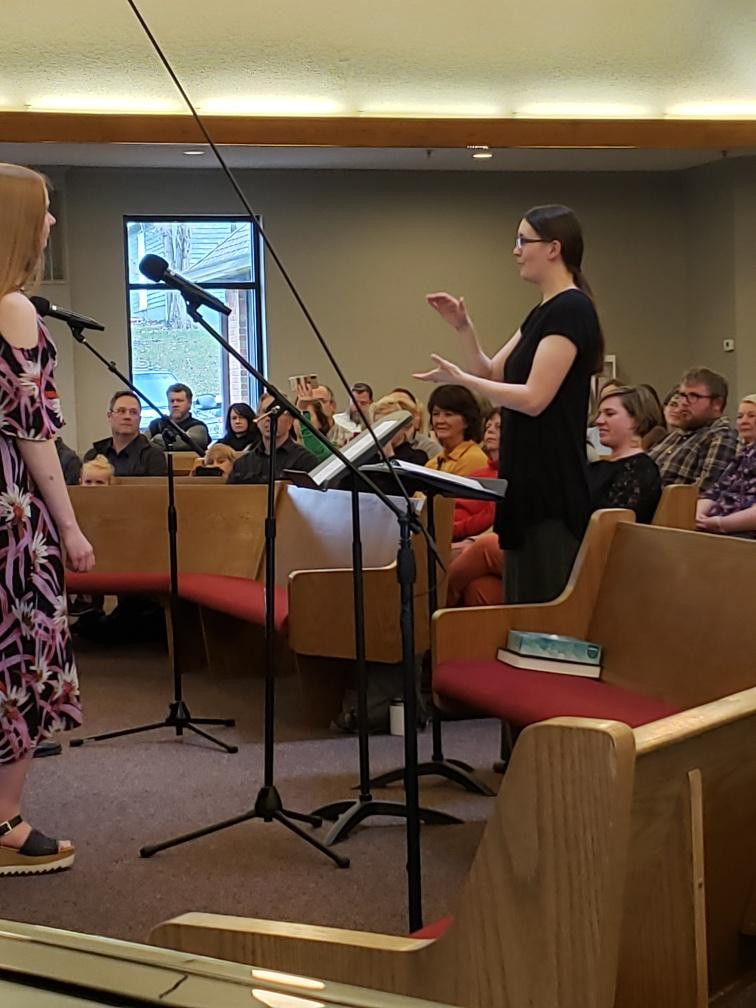
1. Recognize and Acknowledge Burnout
- Constant fatigue and lack of energy
- Decreased motivation and job satisfaction
- Increased irritability with students or colleagues
- Difficulty concentrating or being creative in lessons
- Physical symptoms like headaches or insomnia
2. Prioritize Self-Care and Work-Life Balance
- Establish clear boundaries between work and personal life
- Prioritize sleep and maintain a healthy diet
- Exercise regularly to reduce stress
- Engage in activities you enjoy outside of work
- Practice mindfulness or meditation to manage stress
- Make a list of all your responsibilities
- Categorize tasks into "Must-Do," "Delegate," and "May-Do"
- Focus on high-impact activities that directly benefit your program
- Delegate tasks when possible to parents or students or colleagues to lighten your load
- Consider eliminating or postponing low-priority items
3. Seek Support and Build a Community
- Join professional organizations for music educators
- Participate in online forums or social media groups for music teachers
- Attend conferences or workshops to network and gain new ideas & reignite passion
4. Explore Flexible Teaching Options
Private Lessons
- Set up a home studio or teach online
- Choose your own hours and student load
- Focus on one-on-one instruction in your preferred instruments or areas
Community Music Programs
- Lead a community choir or instrumental group
- Work with motivated adult learners
- Organize performances and events on a more relaxed schedule
Homeschool Music Instruction
- Offer music classes or lessons to homeschool groups
- Create a flexible schedule that works for you and your students
- Tailor curriculum to individual needs and interests
Online Music Education
- Create and sell educational resources
- Offer virtual workshops or masterclasses
- Develop a YouTube channel or podcast focused on music education
- Start by taking on a few freelance projects while still teaching
- Build a portfolio of your work and skills
- Hire a coach who is knowledgeable, successful at doing this transition in the same way you would like to do it, and has a system
- Network with potential clients and other freelance music educators
- Gradually reduce your teaching hours as your freelance work grows, if possible
- Develop business skills necessary for successful freelancing, such as marketing and financial management. Check out HBR for a great, lifetime access & updates business course!

1. JW Pepper
2. Sheet Music Plus
3. Musicnotes
4. Choral Public Domain Library (CPDL)
5. Hal Leonard
6. Oxford University Press
7. Boosey & Hawkes
8. Carl Fischer Music
9. Edition Peters
10. Independent Individual Composers' Websites

The Myth of Flexibility
The Struggle for Focus
The Lack of Professional Support
The Unseen Emotional Labor
The Technology Trap
The Solution: Finding Balance
The Most Important Factor: Mindset Shift

1. Natural Sunscreen
- Non-toxic ingredients
- Safe for sensitive skin
- Environmentally friendly
2. Aloe Vera Gel
- Natural anti-inflammatory properties
- Hydrates and soothes skin, especially when lavender is added
- Can be used on hair and scalp for hydration
3. Homeopathic Allergy Relief
- Minimal side effects
- Gentle on the body
- Targets the root cause of symptoms without negative effects
4. Natural Insect Repellent
- Free from harmful chemicals
- Safe for all ages
- Pleasant natural fragrance
5. Homeopathic Bug Bite Relief
- Reduces itching and swelling naturally
- Safe for all skin types
- Can address underlying deficiencies that attract bugs



